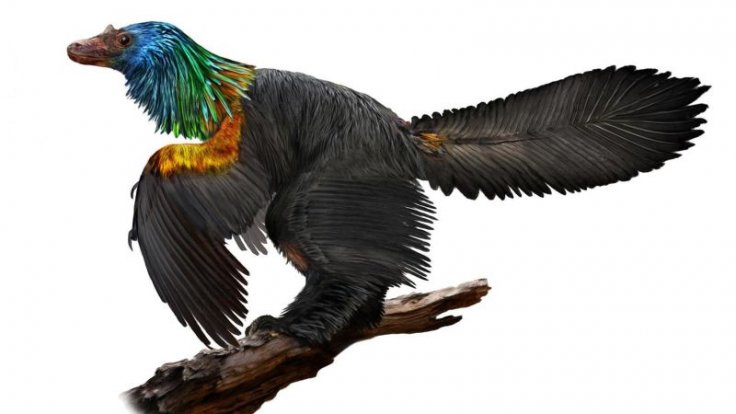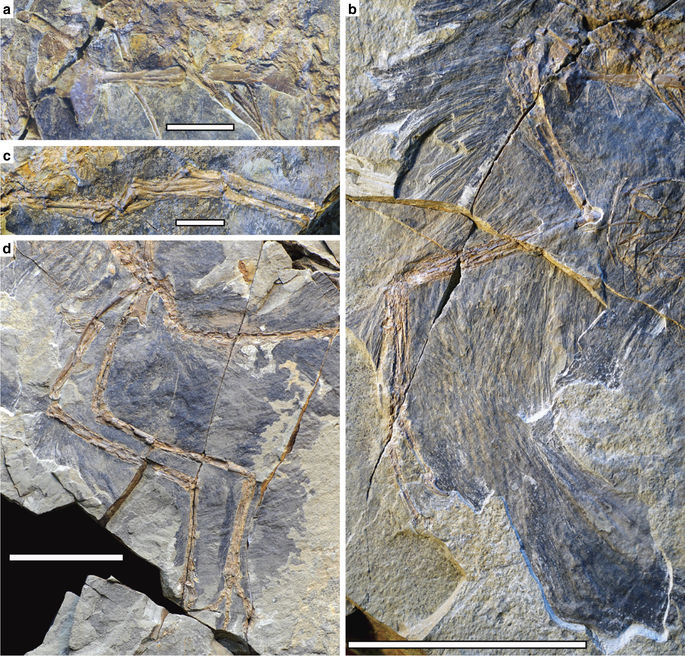
In 2014, a farmer in China's Hebei Province discovered an almost complete skeleton of a tiny Jurassic era dinosaur, a feathered theropod. Also called Caihong juji which when translated in Mandarin means "rainbow with the big crest" is indeed as colorful as the rainbow. A detailed research on the skeletal remains shows that the theropod had colorful feathers around its neck.
Researchers from the University of Texas at Austin and Shenyang Normal University published their study on the same in the journal Nature Communications. Their findings reveal that the theropod used its colorful mane to attract mates. The Jurassic era dinosaur lived 161 million years ago in China.
The lead author of the study, Paleontologist Dongyu Hu said that the dinosaur has both ancient and modern features. It includes the colorful plumage that is found in most birds in the present era.
Caihong juji belongs to the Yaniliao theropod group primarily known for their hollow bones and three-toed limbs. The researchers used ion beam-scanning electron microscope to study the impressions of the feathers on the fossil. The team found that the colorful mane on its neck contained melanosomes or the wide pigments that gave the birds their colorful feathers. Further analysis revealed that the melanosomes on the fossil are quite similar to the melanosomes found in hummingbirds. The colorful feathers were used to attract mates, according to the scientists.

"Iridescent coloration is well known to be linked to sexual selection and signaling, and we report its earliest evidence in dinosaurs," said study co-author Julia Clarke, a professor in the Department of Geological Sciences at the UT Jackson School of Geosciences.
Caihong juji happens to be the first example of iridescence found in dinosaurs. Interestingly, like modern birds, this Jurassic era creature also had asymmetrical feathers on their tails. However, the wing feathers are not asymmetrical. This trait is uncommon in birds of the Jurassic age. Scientists suggest that the process of flight might have first evolved using tail feathers. Another feature the Caihong juji shares with the modern birds is their long, narrow skull and short forelimbs.
According to Julia Clarke, this trait is unusual as well and has a "velociraptor-looking low and long skull with this fully feathered". The team is working hard to know more about the dinosaur's lifestyle and habitat.









